If you’re planting a new strawberry patch or replacing an old one that is no longer productive, consider planting it in the fall instead of in the spring. There are several advantages to planting strawberries in the fall.
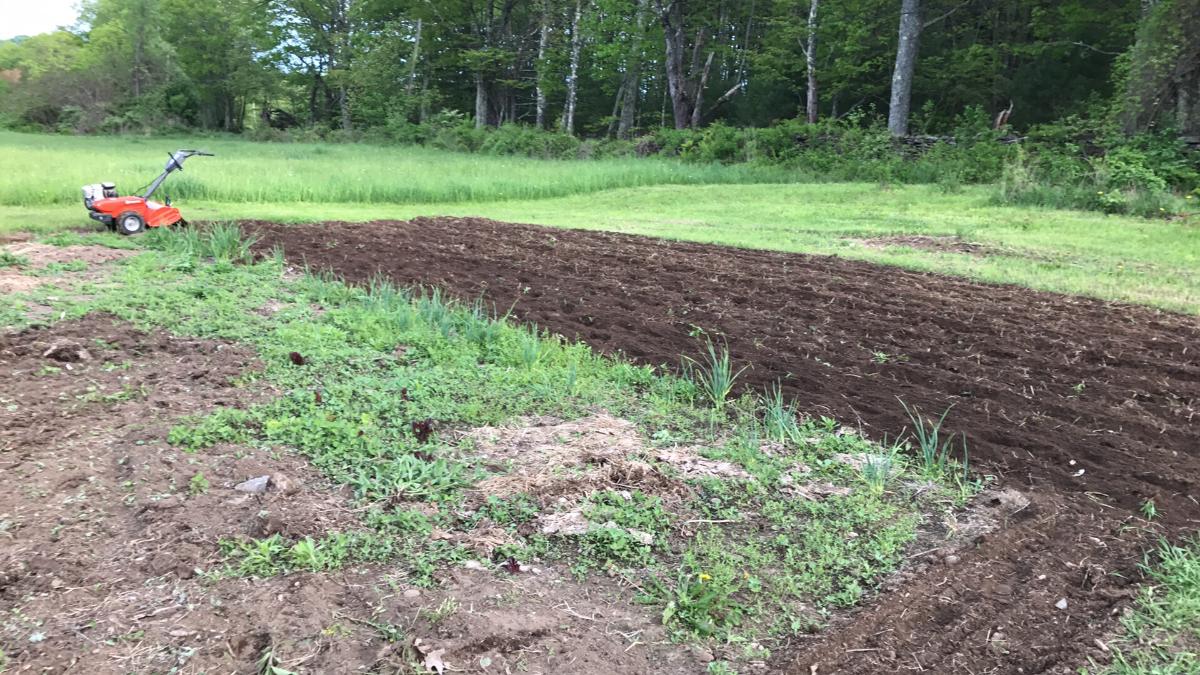
Strawberries are perennials, much like the many ornamental perennials and perennial flowers we know and love. And like those perennials, the fall season is an excellent time to plant strawberries.
Jump to:
- Why You Should Plant Your Strawberries in the Fall
- When Should You Plant Fall Strawberries?
- Technically, strawberries can be planted whenever the ground is workable.
- But. Strawberries will do best if they have some time to grow before winter dormancy sets in.
- It is best to wait until the highest heat of summer has passed.
- Sooner is better for fall planted strawberries.
- Four to Six weeks before your expected frost is a good time to plant strawberry plants in the fall.
- Video: When to Plant Strawberries in the Fall
- Water and Moisture Are Still Important in the Fall! (But Generally Easier to Come by)
- Mulch is a Must for Fall Planted Strawberries.
- Strawberry Planting is Easier in the Fall!
Why You Should Plant Your Strawberries in the Fall
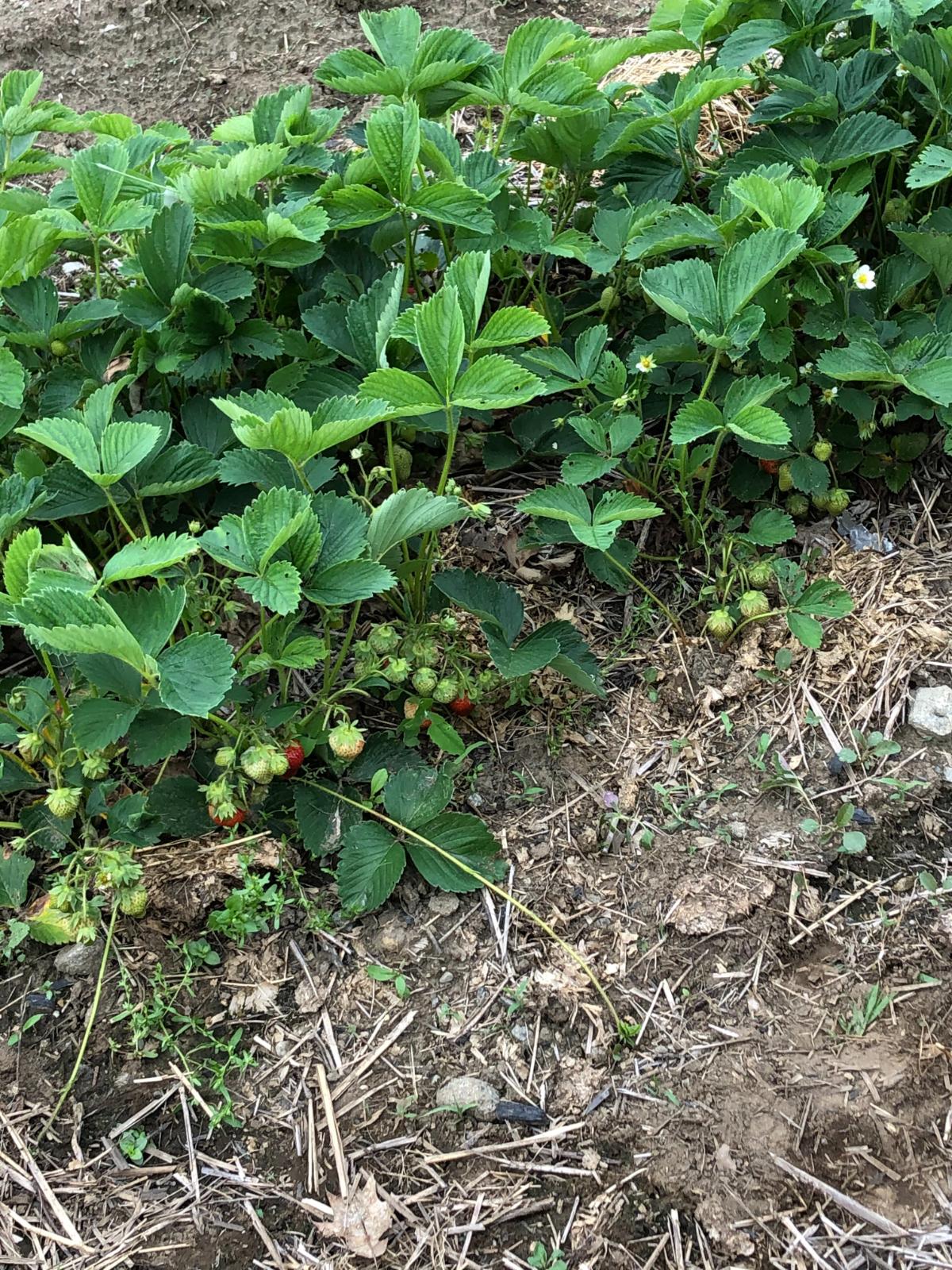
There are several reasons why planting strawberries in the fall is better than planting them in the spring.
To sum up those reasons, it’s easier work in the fall with few weed issues; plants grow bigger, better roots earlier, which results in bigger, better plants; there are basically no bugs; and — the best reason of all — you get to harvest the berries in the first summer after planting, instead of plucking off blossoms and not getting a harvest until the second year.
So, better plants and earlier berries — that’s a real win-win!
When Should You Plant Fall Strawberries?
But when should you plant your strawberries in the fall?
That’s a little more of a judgment call (at least in an ideal situation). There are some guidelines to help you find the right time to plant.
Technically, strawberries can be planted whenever the ground is workable.
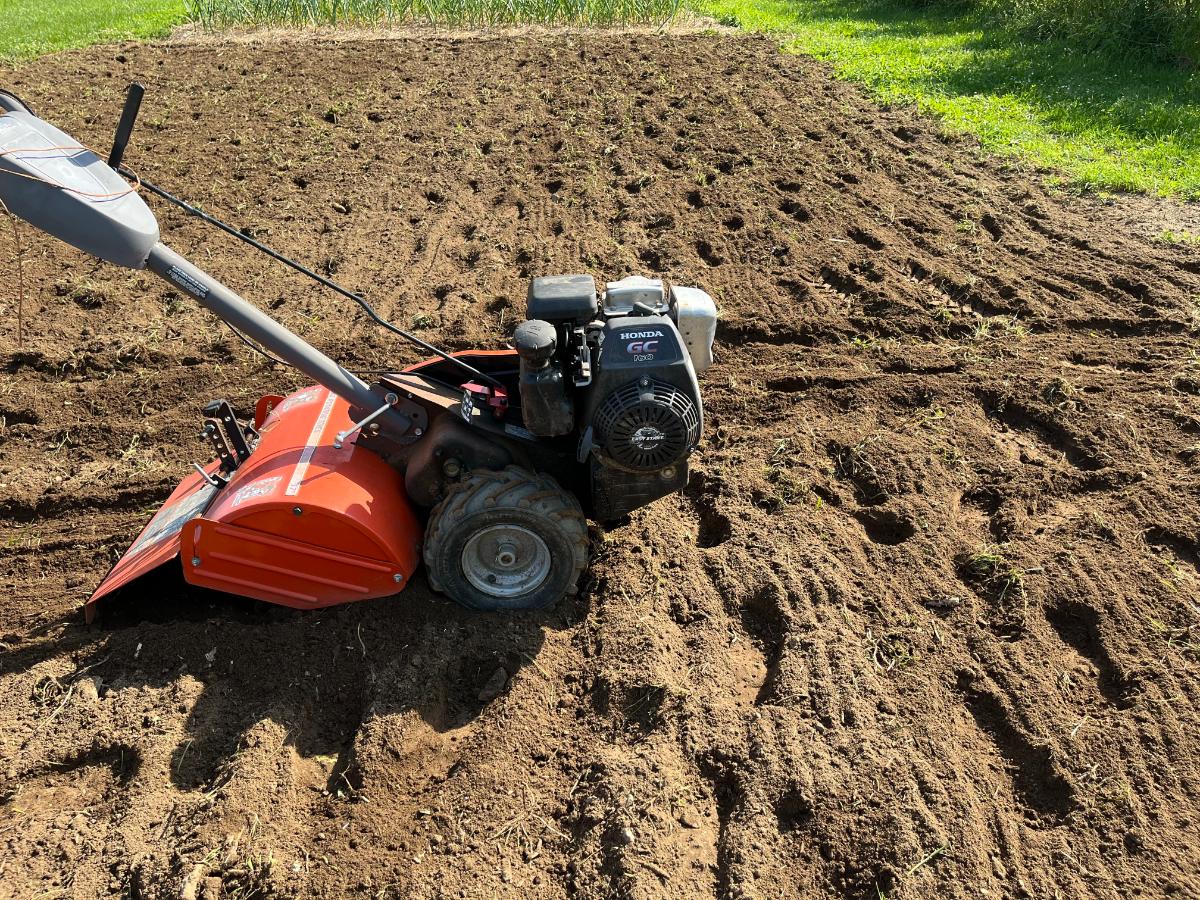
Perennials can technically be put into the ground as long as the ground is warm enough to dig into it. In other words, as long as it isn’t frozen.
Perennial plants go dormant in the winter. This means that in their dormant state, they mostly sit in the ground and wait for temperatures to warm up so they can start growing again. (Or for some extremely cold hardy plants, they might have a minuscule amount of growth even in the cold ground); and strawberries are perennials — just perennials that bear edible berries.
You can plant perennials quite late into the fall and have them just lie in wait. This isn’t the best situation for strawberries, but there’s a solid chance they’ll make it through the winter even if they miss the fall weeks of growing.
But. Strawberries will do best if they have some time to grow before winter dormancy sets in.
Really, though, you want your strawberries in the ground while they still have some time to grow longer, larger, and new roots. Let them expand that root system before winter dormancy. This will give them better anchoring and better protection against winter kill.
It is best to wait until the highest heat of summer has passed.
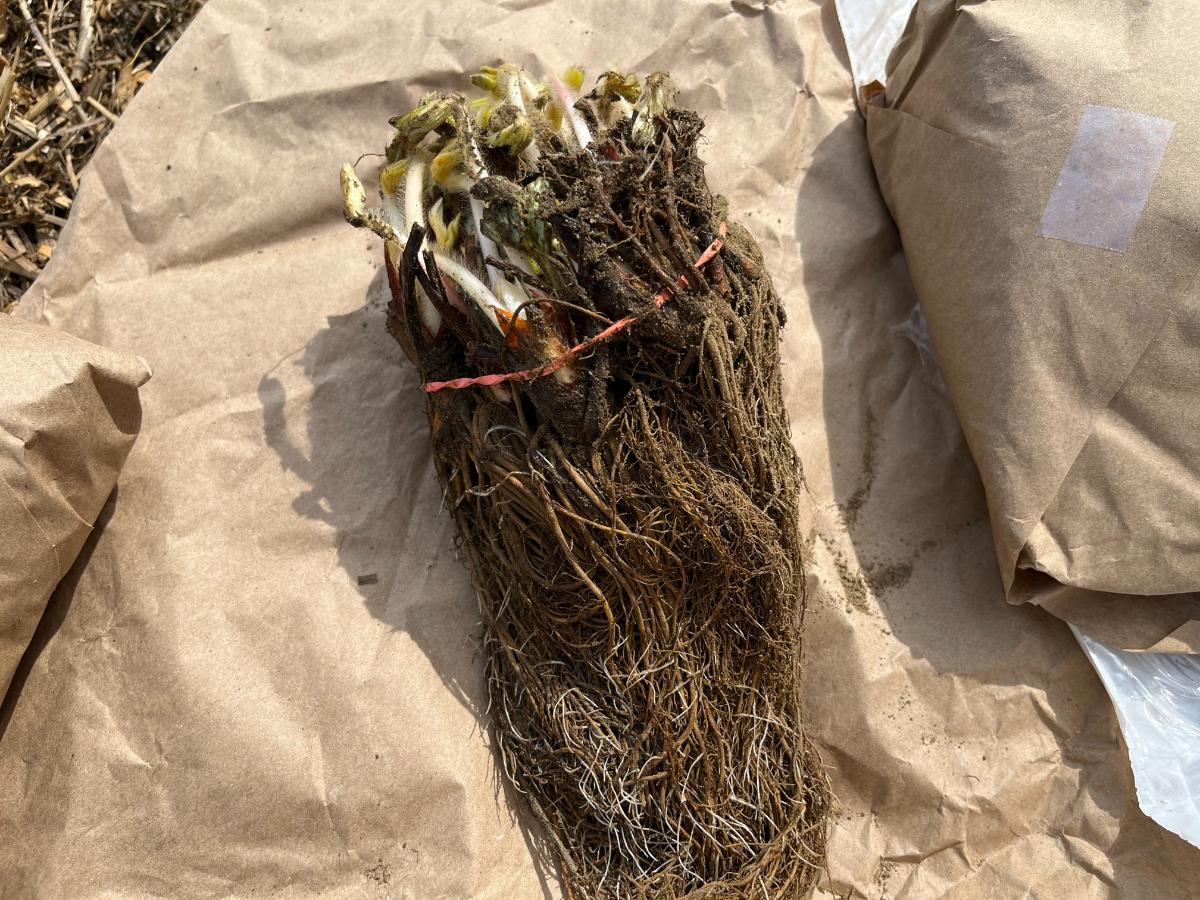
Summer high heat and intense sun can be hard on new plants. It is particularly hard on plants like strawberries when they are new, because they have shallow roots and they live in a place in the soil that is the first to dry out.
The advantages of fall planting strawberries include the fact that there is less heat and sun stress, that the ground is generally moister (without you having to do a lot of watering), and that cooler soil promotes root growth over foliage and stem growth.
That is exactly what you want for new plants to establish.
And so, you should wait for fall planting until after those summerlike conditions have mostly passed. For many of us, that will be at least until the later part of August or early September. Some years, it may even be mid to late September before it stops feeling quite so much like summer.
Sooner is better for fall planted strawberries.
Strawberries have shallow roots, so the sooner you can get them in the ground after the stressful summer period, the better it is for the long-term growth and establishment of the plant.
Think of strawberries as one of the earlier plants and perennials to put in in the fall. If you are planting other bushes and trees, get your strawberries in the ground first.
Strawberries are also often planted from bare root stock. That means they will have a small root system at the time of planting, and it won’t be growing in soil in pots.
Bare roots strawberries are the most economical way to buy strawberry plants (at any time of year).
They are the cheapest to ship, too. Most home gardeners will need to buy online and have their fall strawberry plants shipped to them.
Very few local nurseries will have strawberry plants available for sale for fall planting. It’s just not the schedule that makes them money.
Larger, more deeply rooted potted strawberries will offer more leeway and almost certainly will survive even if they’re planted very late in the fall. If the timing is getting late, you might see if you can find (and afford) potted plants for fall plantings.
Four to Six weeks before your expected frost is a good time to plant strawberry plants in the fall.
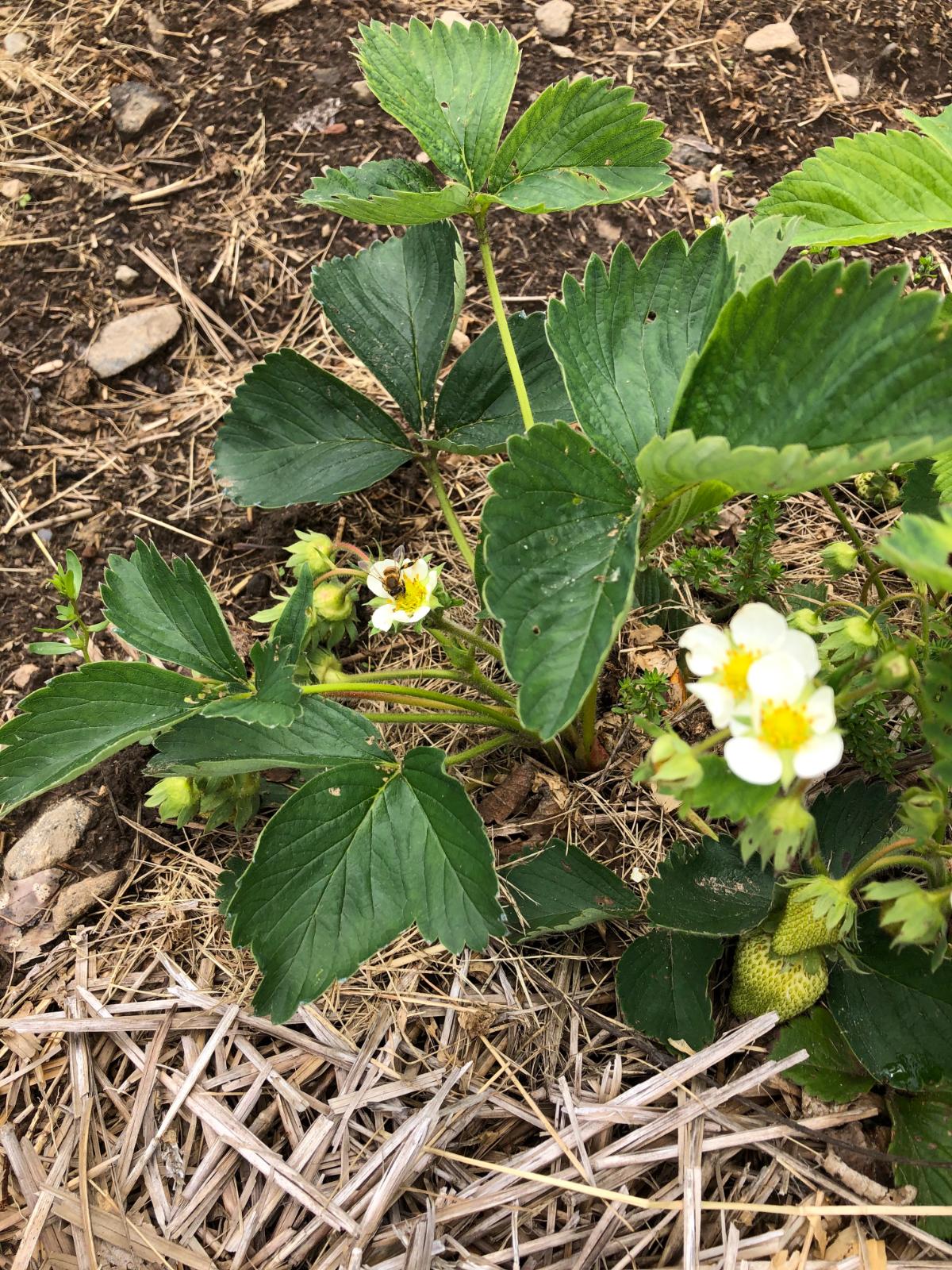
Six weeks before your expected last frost date is what is considered the beginning of the fall planting season.
For strawberries, if you work towards the beginning of that time and plant four to six weeks before you’re expecting to get a frost, they’ll do their best and will have ample time to grow good roots.
That said, think about your usual, average, and expected fall temperatures. For perennials like strawberries, if your days are staying above 45 degrees Fahrenheit (7.2 degrees Celsius), the ground is still plenty warm for roots to grow.
Even at those lower temperatures of 45 to 50 (F) degree days, the ground temperature will be higher. It will be plenty warm enough to sustain good root growth for your fall planted strawberry plants.
If you have several weeks of 45-degree days or higher ahead of you, go ahead and plant those berries!
Even if you get some nighttime light frosts, the plants can grow roots and establish. For fall planting, it is the root growth that is the most important, not new leafy green growth.
Video: When to Plant Strawberries in the Fall
Water and Moisture Are Still Important in the Fall! (But Generally Easier to Come by)
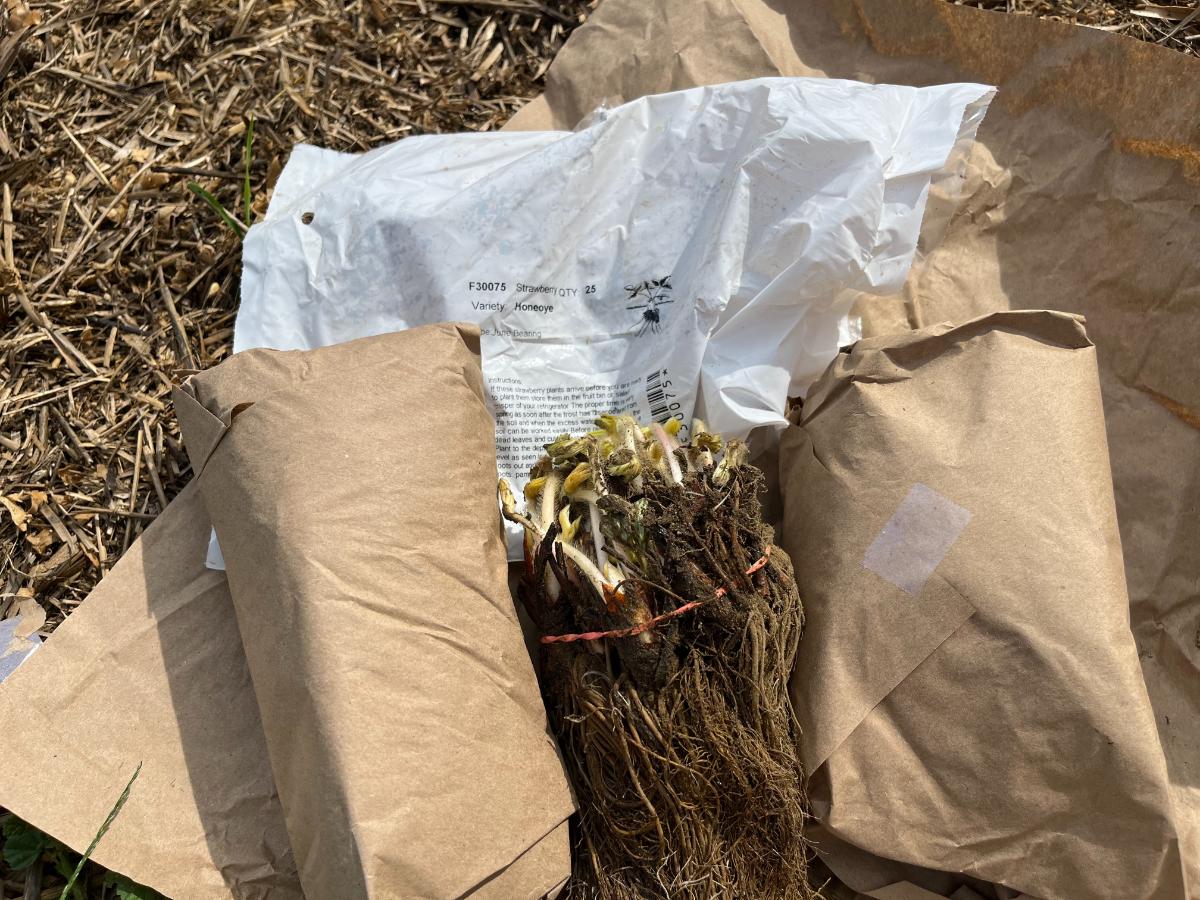
It is just as important for fall planted strawberries to get adequate water and moisture as it is for spring and summer plants. Fortunately, rain is usually more abundant in the fall. More morning dew and shorter days or less intense sun also means that moisture stays in the ground longer.
All of this works to reduce or eliminate the amount of extra watering you’ll need to do when you plant your strawberries in the fall. That said, your plants can’t be allowed to dry out. More than cold or harsh conditions, drying out is what will kill your strawberry plants more often than not.
When strawberries die over winter it is often because heaving and periods of frost and thaw result in low ground moisture (even if that ground is frozen). Roots essentially become freeze dried and die.
All of this is to say that strawberries and dormant plants always need at least enough moisture to keep moisture in their roots. They can’t be allowed to dry out. In the winter, snow, ice, and winter storms usually provide the little moisture that is needed.
During the fall, you’ll need to keep an eye on the weather, the rainfall, and the soil and make sure there is enough water for roots to stay moist and get enough to do some growing. (An inch of water per week will suffice during the establishment period, and after that you can monitor just for late fall and then winter conditions — like what your average older strawberry patch would need.)
Mulch is a Must for Fall Planted Strawberries.
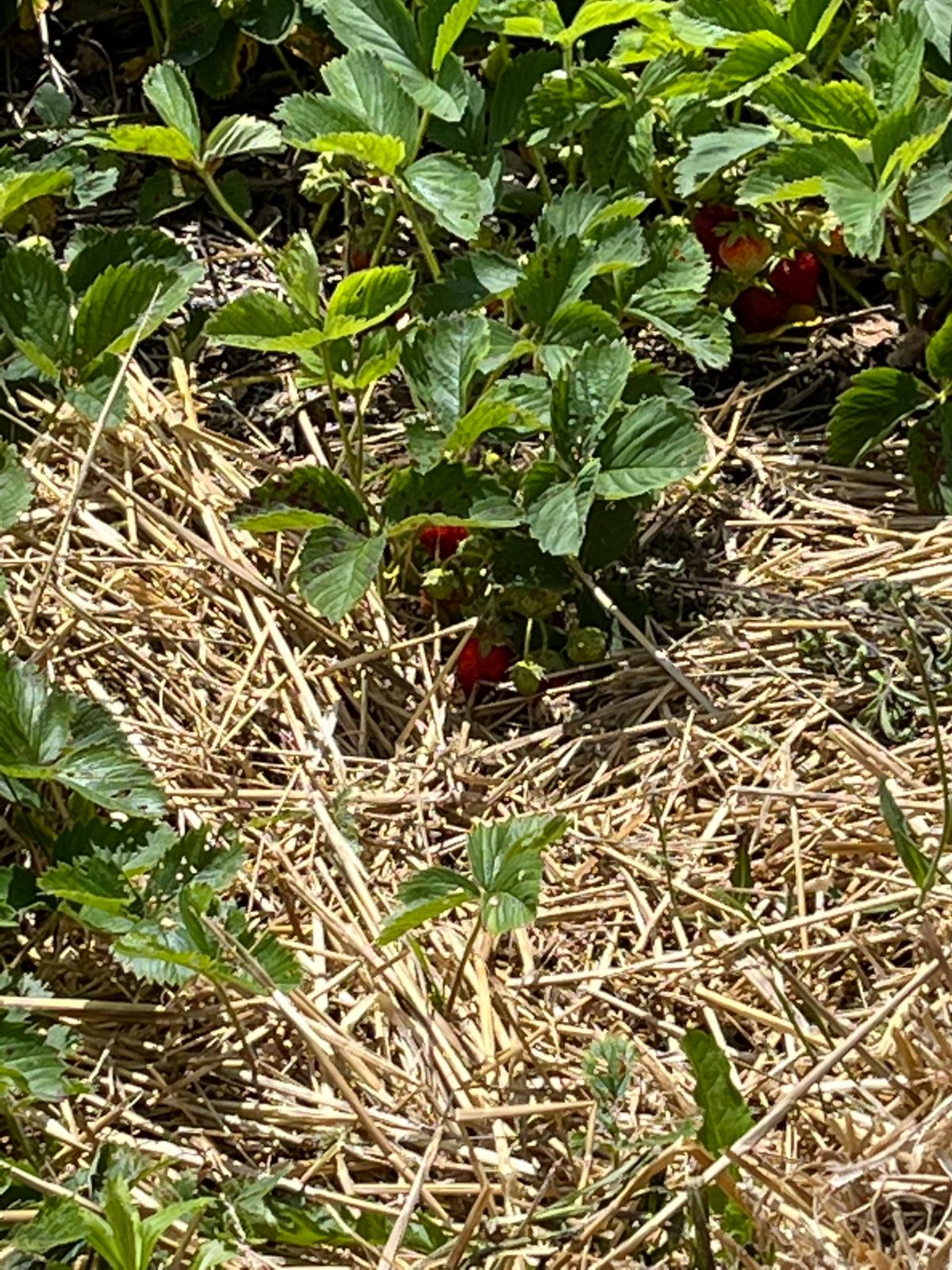
The strawberry plants you plant in the fall will be a little less hardy than older plants that are more firmly established. If you get them in the ground with time to grow new roots before going dormant, your strawberries will fare well and produce well in the upcoming summer season.
However, those roots do need a little extra protection. All strawberry patches should be mulched for the winter, but it’s especially important for newly planted fall strawberries.
Mulch will also help moderate soil moisture. Mulch your strawberries when you plant them to prevent water loss and keep the ground nicely moist.
Then, after freezing, mulch again with another two inches of protective winter mulch. This locks the cold in the ground and stabilizes the soil temperature, preventing episodes of damaging freezing and thawing that dries the soil out.
You will need to pull back the extra mulch in the spring. This is the same basic recommendation for winter mulching strawberries as it is for older beds.
Straw is the first choice for mulch among strawberry growers. Shavings and pine needles are good options, too, if you have enough of them.
Strawberry Planting is Easier in the Fall!
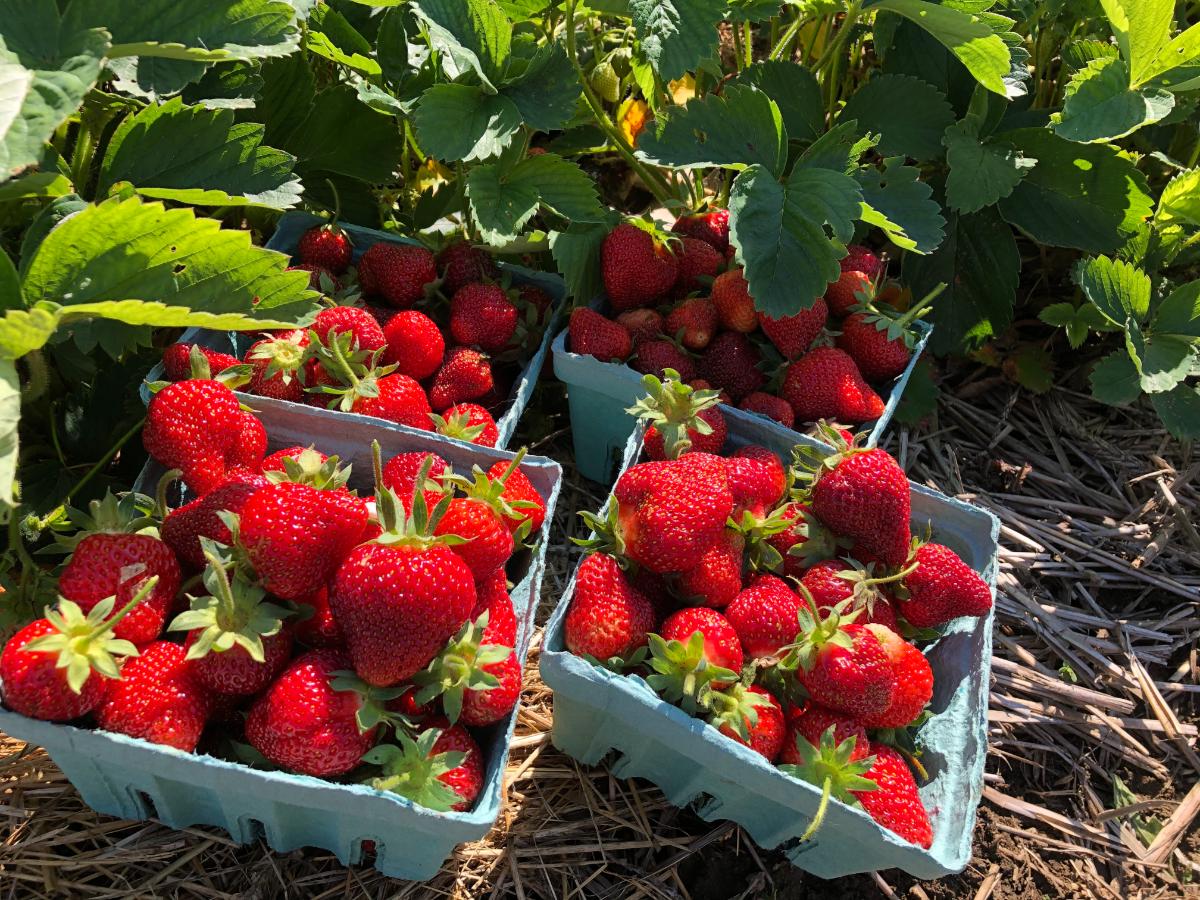
It’s easier to plant strawberries in the fall. We have fewer gardening tasks, and the plants establish without much (if any) weeding, since weeds are dying back and not ramping up in the fall. The days are cooler, and the work of preparing and planting is less taxing on us physically.
Come spring, the plants are in the ground growing before we could ever get out there to plant them.
The mulch you applied keeps the weeds out, and your bed will be well established and ready to get growing again.
And they’ll be ready to give you a harvest in that very first year! A harvest nearly as close to full!
For these and other reasons, planting strawberries in the fall is the way to go.
Getting ahold of plants can be a little more tricky. To find strawberry plants for fall planting, check out our list of fall plant sellers here.









Leave a Reply